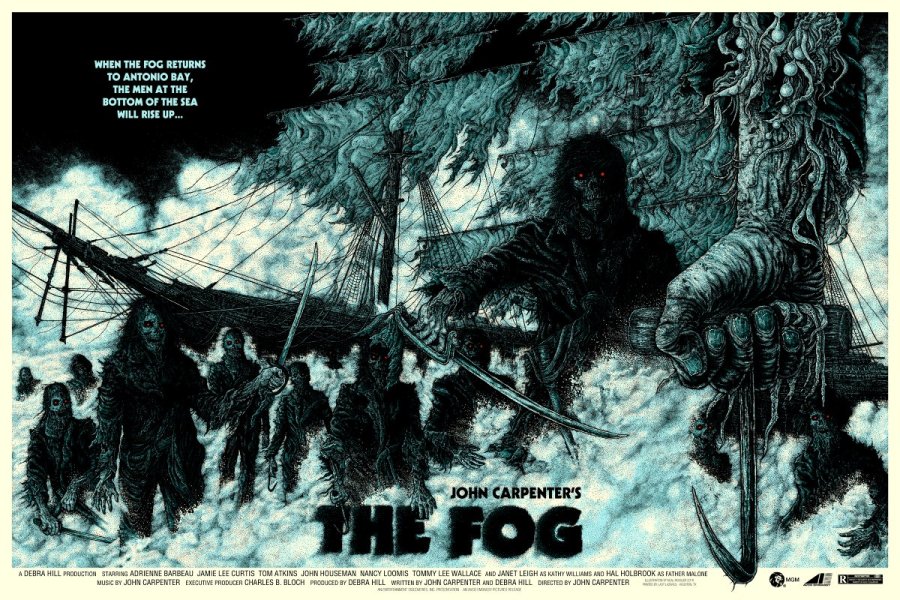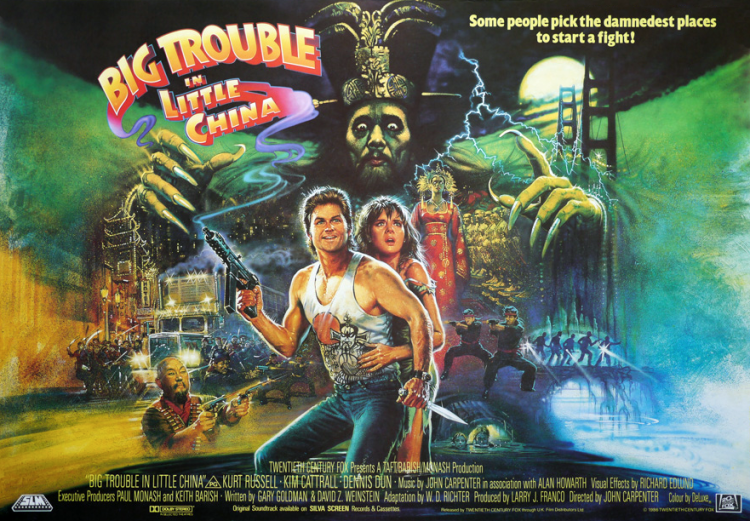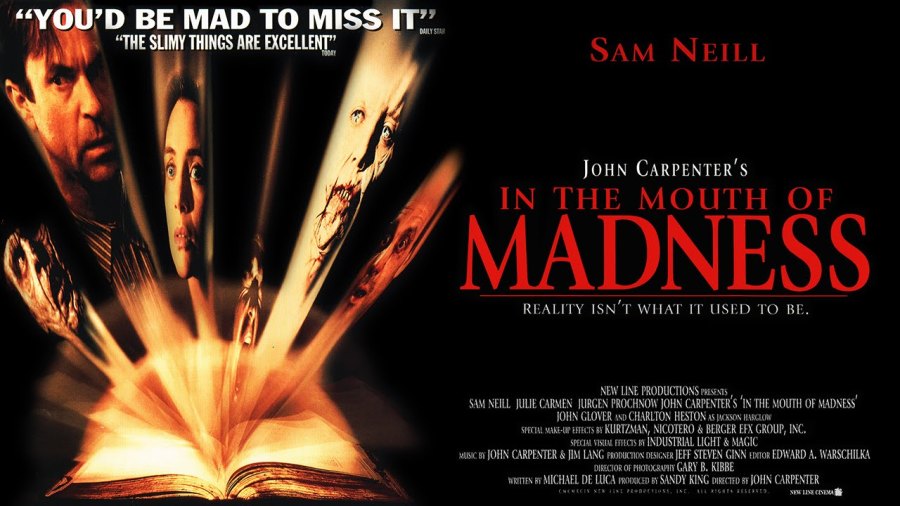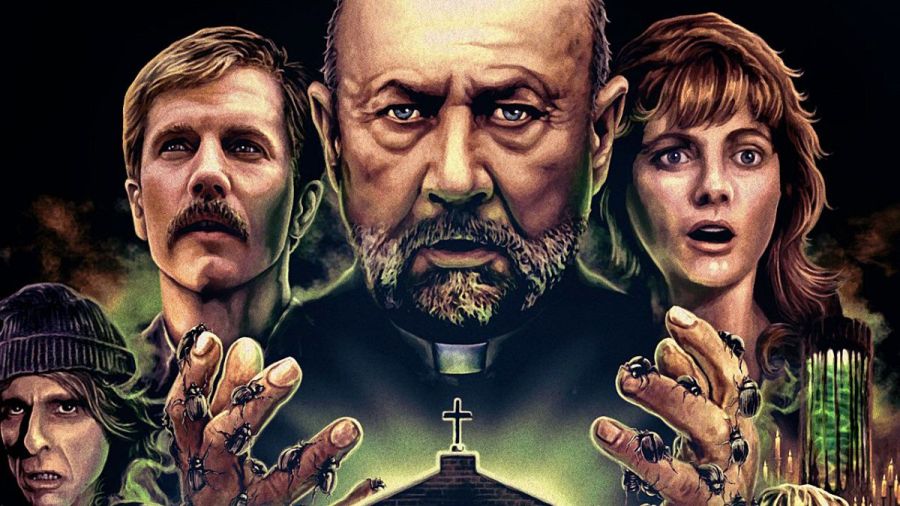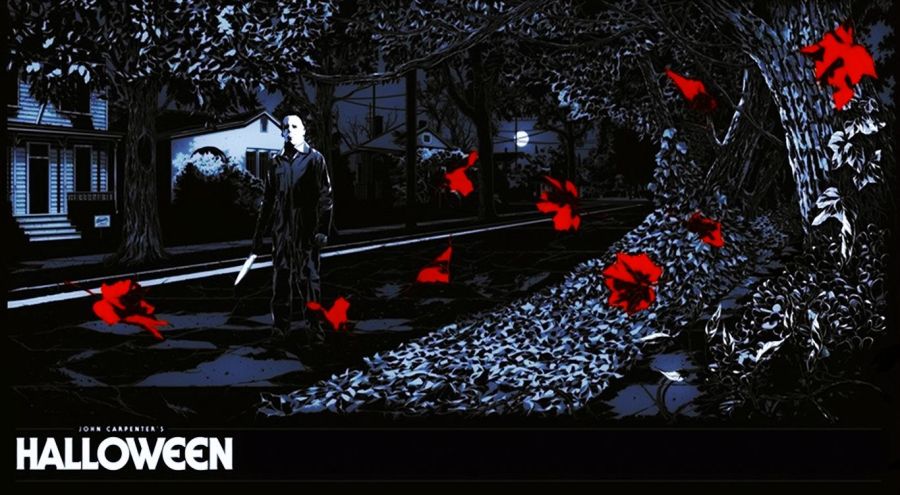
There comes a point when the word classic gets thrown around too much, often times in relation to brand new films branded ‘modern classics.’ Such films pale in comparison to the raw power of the genre giant known as “Halloween.”
Released in 1978, “Halloween” is a simple story of a babysitter terrorized by a masked killer. Forty years later, it still looms large over the genre; a monolith of greatness in what would quickly become a field littered with mediocre rip offs. What makes Halloween great is a confluence of circumstances which all came together to make it one of the most successful independent films ever made and an essential horror film.
Directed by John Carpenter and co-written with Deborah Hill, “Halloween” is a story that many can identify with on some level – that’s what makes it so resonant. Simply put, we’ve all been a babysitter or have been babysat at some point in our lives. The film, at its core, is a simple story of an unsuspecting babysitter being stalked by the boogeyman on Halloween night. Through countless sequels and 40 years of history, it’s become something much larger than that. But this is about winding back the clock and looking at this film by itself and on its own merits and about appreciating its greatness and the influence it has had on the genre, as well as other filmmakers, in the intervening four decades.
While many point to this as the beginning of the slasher genre, I would never make such a mistake (see my earlier review of “Deep Red”). What “Halloween” did do, however, was boil down everything that worked about its precursors and made it perfect and commercially viable. Films such as “Psycho,” “Peeping Tom,” “Texas Chainsaw Massacre,” “Black Christmas” and the aforementioned “Deep Red” are all seen in the DNA of not only this movie, but the very cellular make up of the genre itself. You would be doing yourself a disservice not seeing these films (especially “Black Christmas”), but you need not see them to understand the simple brilliance of “Halloween.”
From the moment the film begins with the iconic jack o’ lantern on a black background as the opening credits play and camera slowly zooms in on the flickering light within the eye of it’s carved face the mood is immediately and masterfully set. Through the use of the POV camera early on, Carpenter shows the influence of films like “Black Christmas” and “Deep Red,” which incorporate similar techniques when following the killer.
All that can be said about the film’s score has already been said in the past. The theme is iconic and has been both parodied and ripped off countless times over the last forty years. What the score does so effectively is it creates a mood with simple themes – barely 30 minutes of unique music used through the film but the main theme is one that is seldom forgotten.
No film is without its negatives, but many if not all of those found in “Halloween” can be attributed to the low budget nature of the production. It’s easily forgotten, given how successful the brand has become, that this was an independent film and was produced for around $300,000. So, while there are visible errors in the film – green foliage, Carpenter’s cigarette smoke, etc., it is not something that should legitimately detract from the experience of watching the movie.
So how has “Halloween” endured for so long if it’s just a horror movie? It’s because it’s a damn good one. Whatever X –Factor this film possesses is something that no imitator or sequel could quite crack, it truly is “the immortal classic.”
Cam.
